In an industrialized world, noise is rampant. From the roar of machinery on a factory floor to the constant rumble of engines in a construction zone, exposure to loud sounds is an occupational hazard that can have dire consequences to one's hearing if not managed properly. Yet, many don't give a second thought to the persistent drone of their workplace environment and the potential effects. This neglect can lead to noise-induced hearing loss (NIHL) – a condition that's not only irreversible but, in many cases, preventable.
Below we discuss the importance of hearing protection in the workplace as well as practical steps and effective strategies to shield your ears while on the job.
The Sound of Silence: Understanding the Risks
Noise is measured in units called decibels (dB). Prolonged exposure to sounds over 85 dB can lead to hearing damage which may happen a lot easier than you think. For example:
- A whisper is about 20 decibels.
- Normal conversation is about 60 decibels.
- A jet engine at takeoff is about 140 decibels.
Now, imagine the threshold for potential damage is a mere 5 decibels louder than an average conversation. It's clear how quickly the risk can escalate in a workplace filled with bustling industrial equipment.
Real-Life Dangers of Workplace Noise
A machinist spends years working in a metal shop, surrounded by the ever clatter of tools and presses. At first, the noise is loud and bothersome, even painful, but after time the noise becomes part of the daily background noise and quite routine. After hours, months, years his hearing has been damaged and irreversibly harmed.
This narrative isn't a rare exception. According to theNational Institute on Deafness and Other Communication Disorders, about 15% of Americans between the ages of 20 and 69 have some degree of hearing loss due to loud noise exposure at work or during leisure activities.
Hearing PPE: The Right Gear for the Job
Personal protective equipment (PPE) is the first line of defense against harmful noise levels. The most common forms of hearing PPE are earplugs and earmuffs. Their effectiveness lies not just in physical blockage of the ear canal, but in the engineered materials that dampen sound and provide a barrier against damaging noise.

Choosing the Best Hearing Protection
When it comes to selecting earplugs or earmuffs, there are several factors to consider when selecting the best hearing protection, including:
Noise Reduction Rating (NRR)
The NRR is a unit of measurement that indicates how many decibels the hearing protection will reduce noise. Higher ratings mean better protection, but it's essential to remember that the NRR is only part of the solution: if the rating doesn't match the environment, it won't offer the protection needed.
Comfort and Fit
The best hearing protection is useless if it's left on the shelf due to discomfort. Fit is crucial – hearing protection that isn't fitted properly will offer significantly reduced protection. Following the manufacturer's guidelines on earplug or earmuff fit will help users take full advantage of the safety benefits.
Work EnvironmentIn some cases, a combination of earplugs and earmuffs may be necessary for extremely loud environments. Certain selections will be more suitable for specific conditions, so understanding the nature and frequency of noise in your workplace is key. If you have any questions or concerns, discuss them with a safety consultant or someone from the company responsible for safety standards.
Protect Your PhoneProtecting your hearing at work with hearing PPE is crucial when exposed to loud atmospheres, but so is protecting your phone with a high-quality protection case fromhttps://ghostek.com/collections/galaxy-s24-cases, Ghostek phone cases are sleek, modern, and durable. They can protect your phone in even the most onerous work environments.
Implementing a Hearing Conservation Program
In high-noise work environments, a comprehensive hearing conservation program is critical. Such a program goes beyond simply providing hearing protection; it includes regular noise assessments, training for employees on the proper use of PPE, and hearing tests to monitor workers' auditory health.
The Elements of a Strong Hearing Conservation Program
Noise Control
The first step in any hearing conservation program is to control noise at the source. This can involve using quieter machinery, maintaining equipment to prevent excessive noise, or installing barriers to reduce the spread of sound.
Employee Training
Workers need to understand the risks of noise exposure and the benefits of the protection provided. Training should be regular and should cover all aspects of hearing conservation, including appropriate PPE usage, the importance of fit and maintenance, and reporting of any discomfort or problems with hearing protection devices.
Monitoring and Record-Keeping
Maintaining accurate records of noise exposure levels and the hearing status of employees helps to monitor the program's effectiveness and the need for any adjustments.
Cultivating Healthy Hearing Habits
In addition to protective equipment and workplace programs, healthy hearing habits can play a significant role in hearing protection.
Tips for a Hearing-Safe Workday
1. Take Regular Breaks
The ears, like the rest of the body, need recovery time. Short, frequent breaks to a quieter environment can allow your ears to rest and recover from exposure to loud sounds.
2. Avoid Using Personal Listening Devices at High Volumes
In an attempt to drown out workplace noise, many individuals turn up the volume on their personal listening devices. Over time, this can lead to significant damage. Embrace healthy hearing habits and use passive noise-canceling earplugs or earmuffs instead, and be mindful of the volume level if streaming audio.
3. Be Aware of Your Surroundings
Remaining vigilant to the sound levels in your work environment can help you identify and avoid potentially harmful noise more effectively.
Hearing Health: The Sound Future
As understanding of hearing health advances, so do the methods for protecting it. With the right strategies in place, the symphony of life's sounds remains in tune. Integrating protective measures into daily routines is not a compromise, but an investment: an investment in a future to enjoy all the sounds life has to offer at every age.
Implementing these tips doesn't mean saying goodbye to music or the camaraderie of the workplace. Rather, it's a tuning of habits, a slight adjustment to the volume controls of our lives, to ensure our long-term auditory health. Remember, in the battle to protect hearing health, knowledge and preparation are the most potent weapons.
By safeguarding your hearing health, you're not just protecting a sense, but preserving a connection to the world around you.
ElginUSA offers OSHA-certified earplugs and earmuffs with a stellar NNR of 25db. For questions or quotes to outfit your team with high-quality hearing protection, please contactElginUSA today.


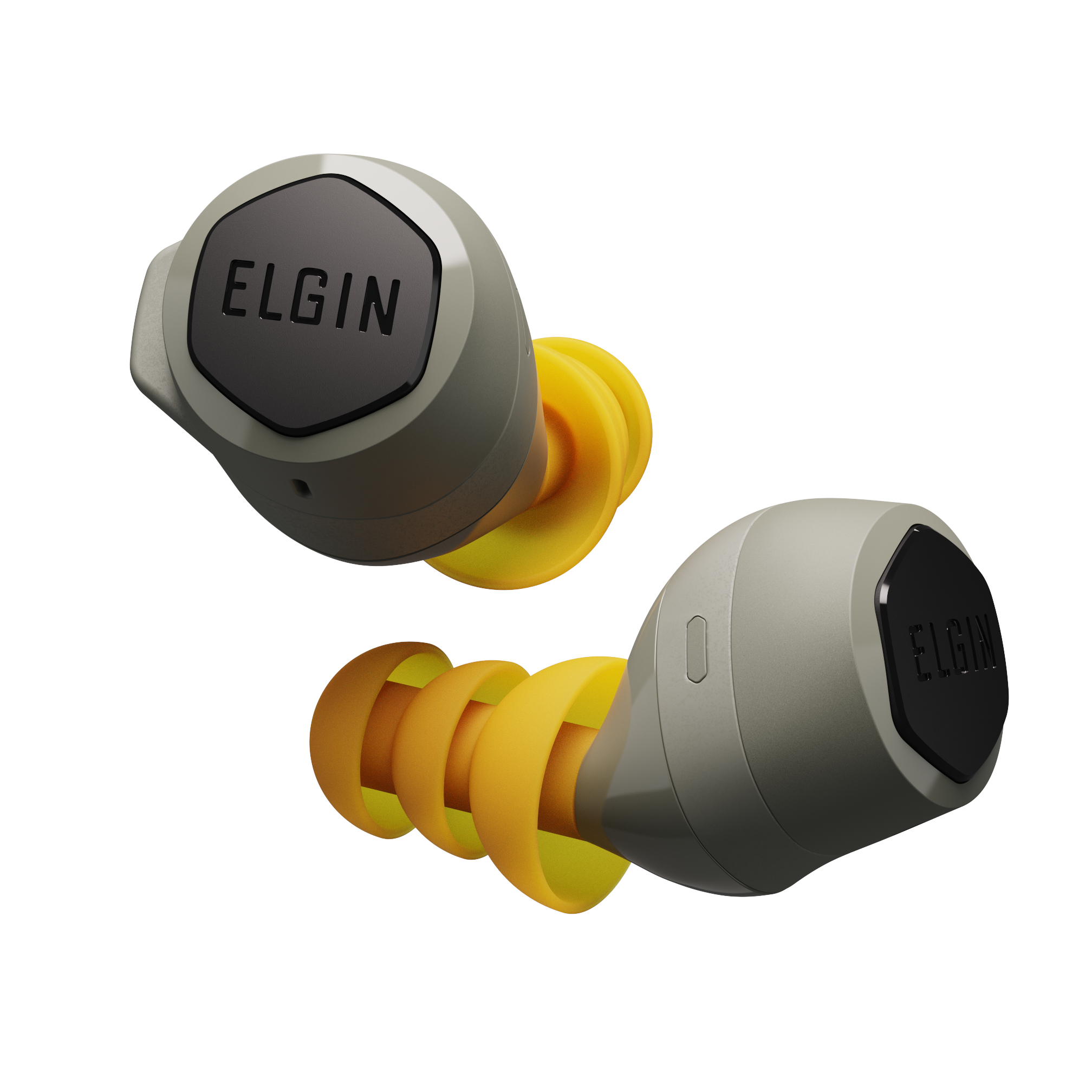

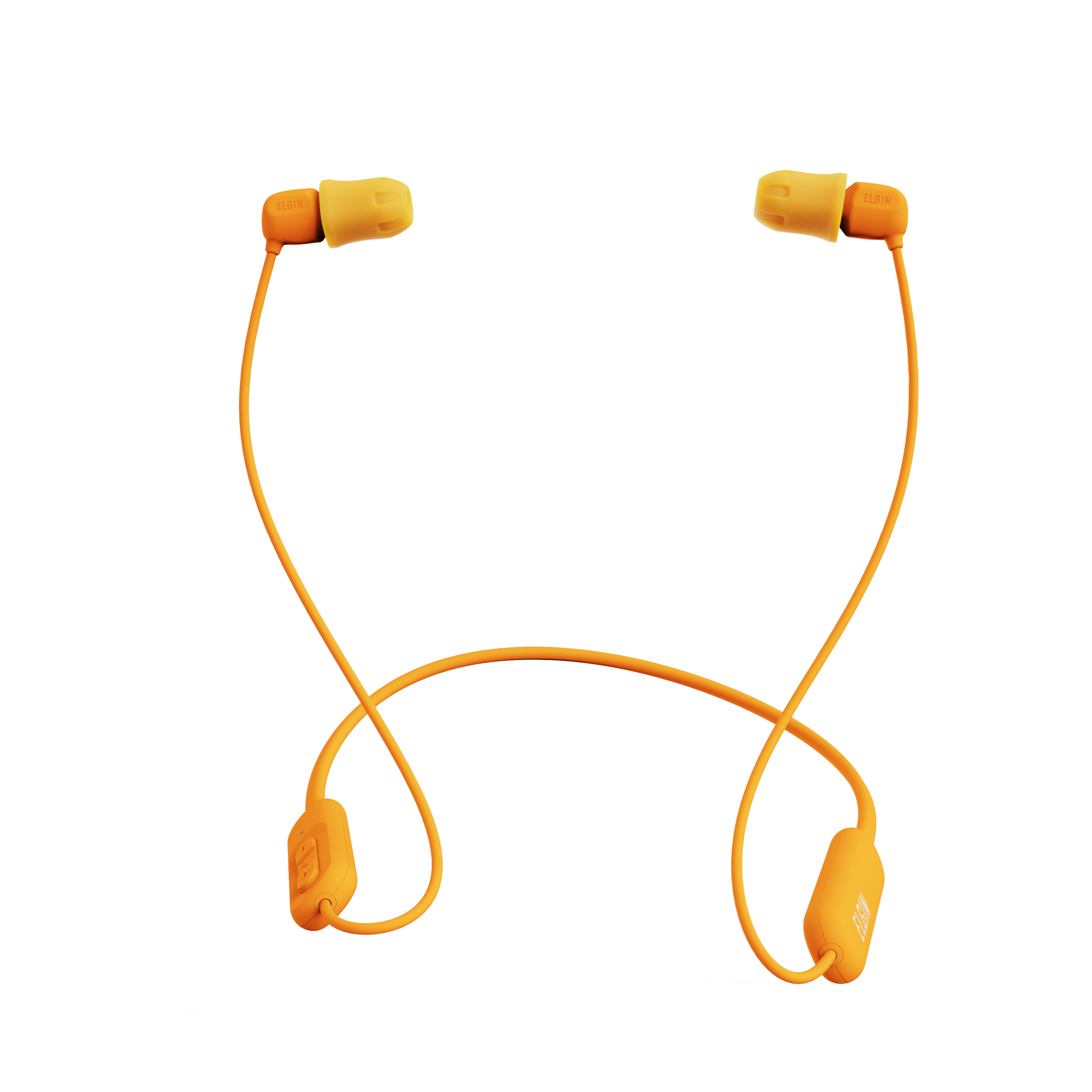


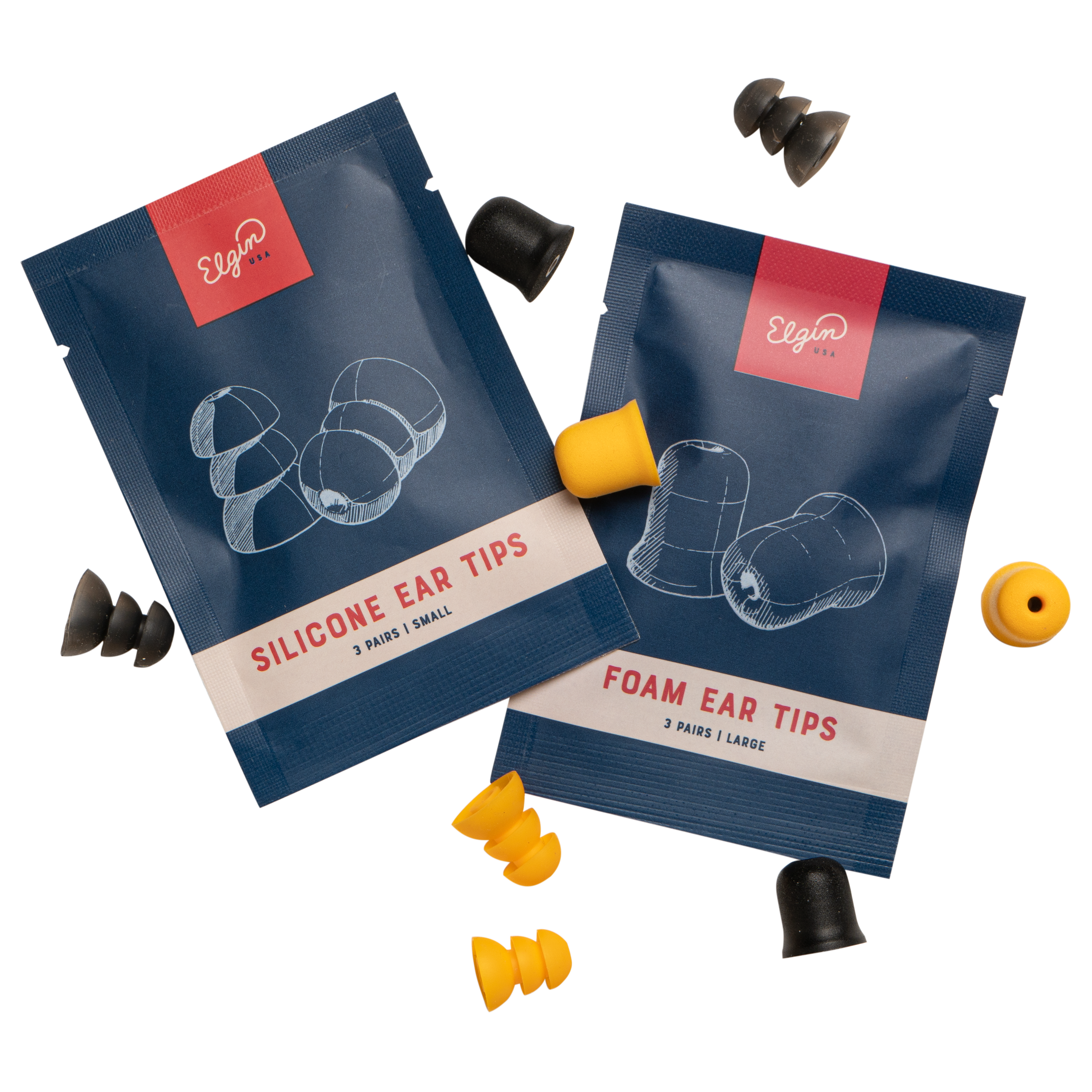
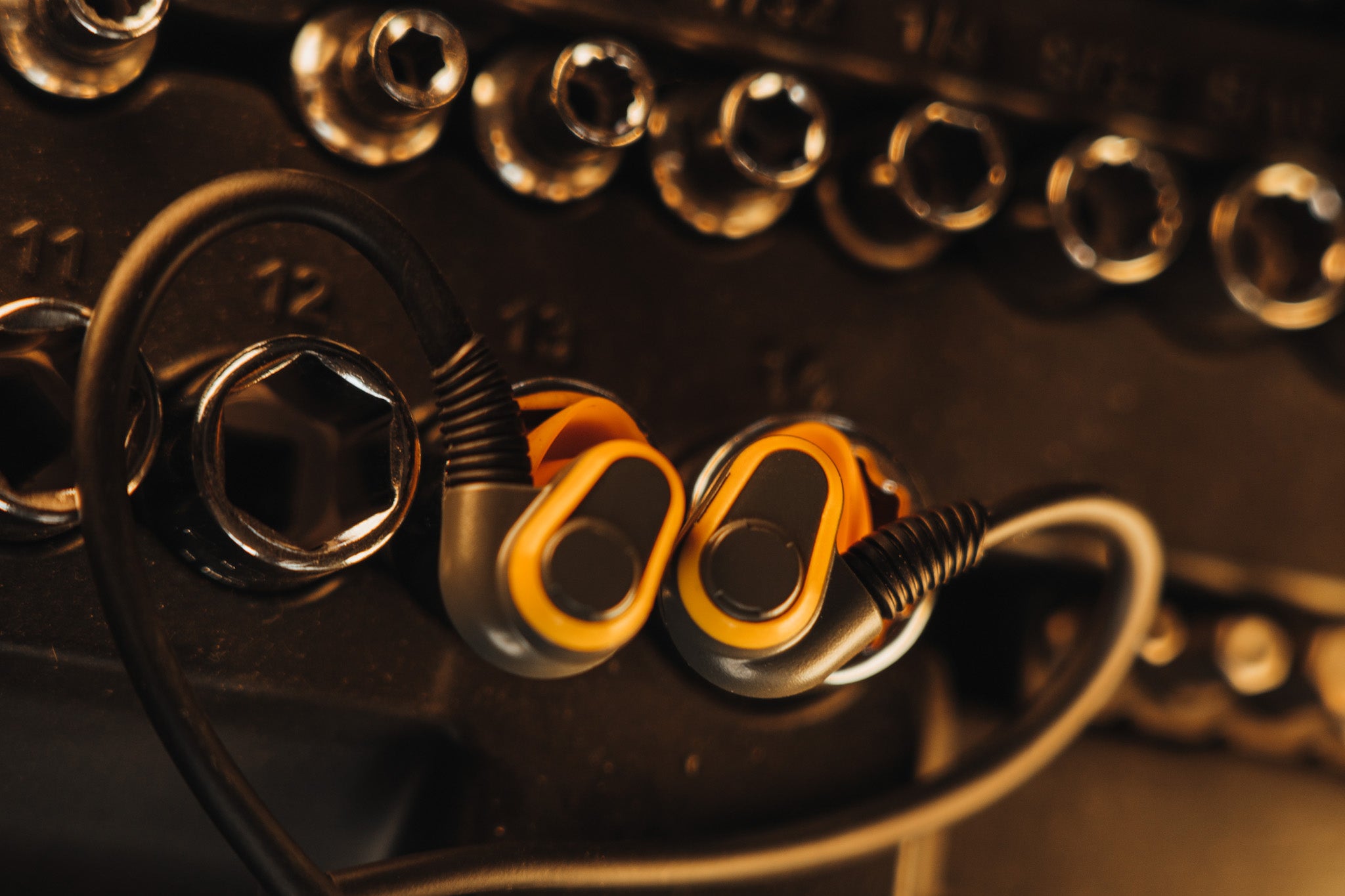
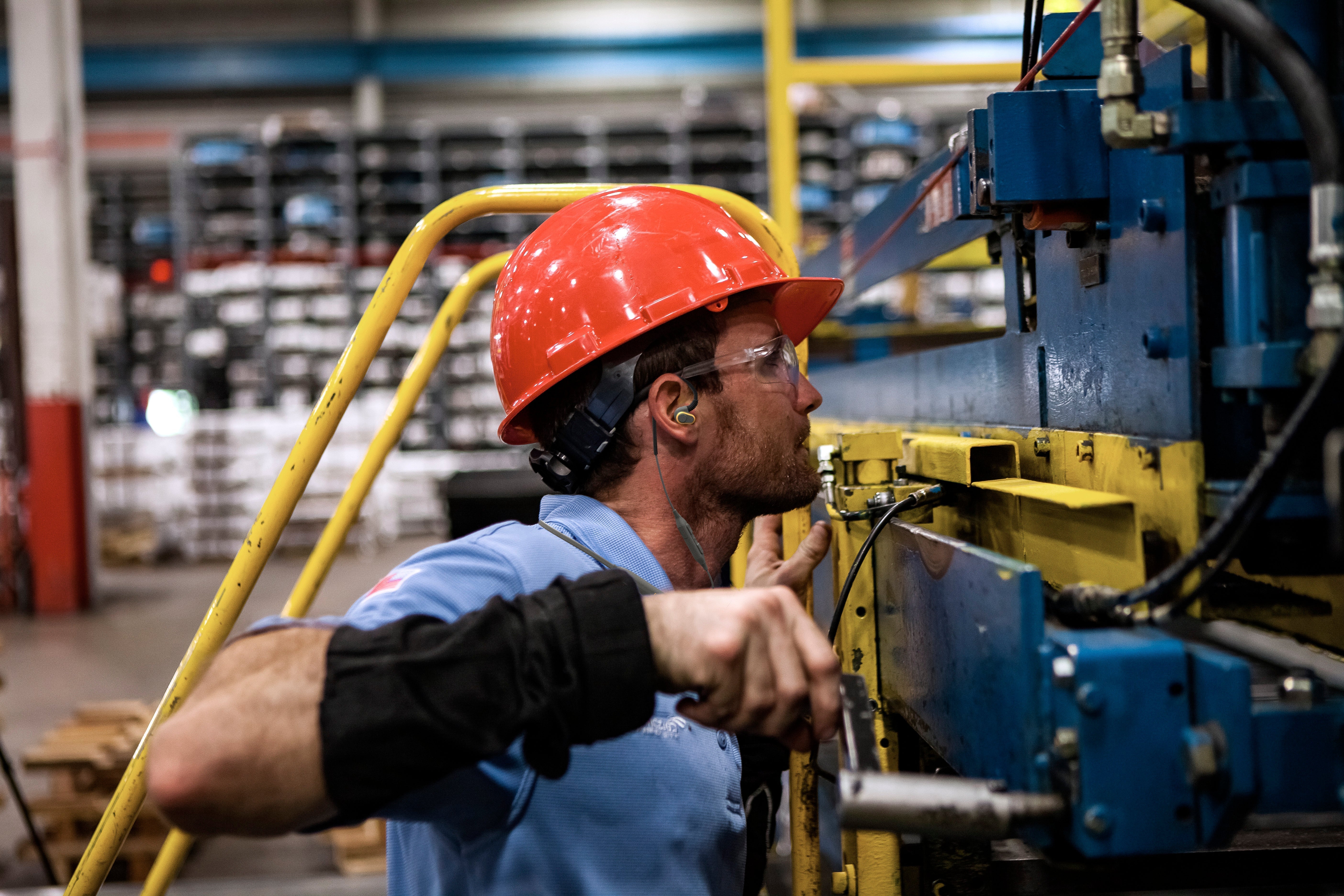
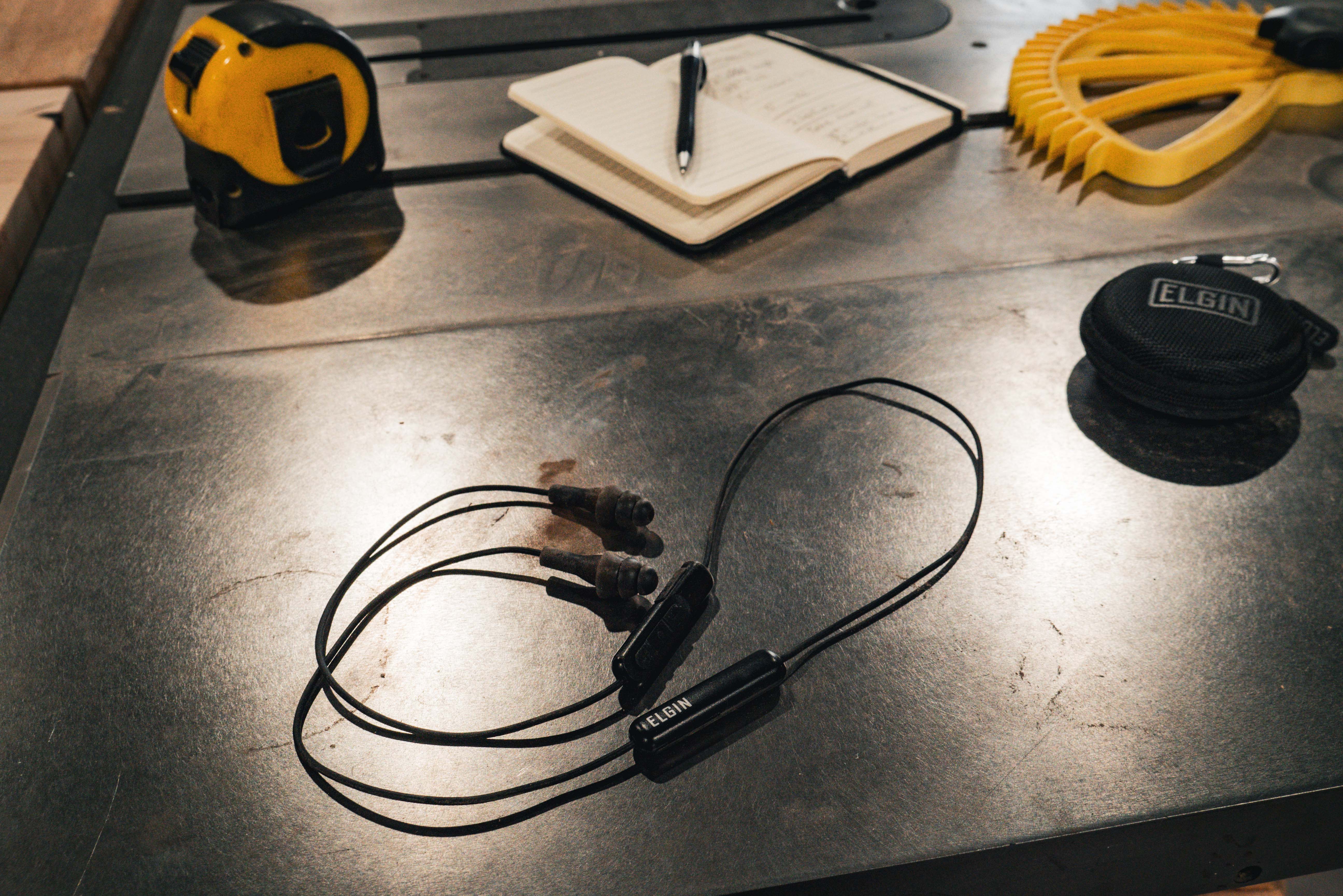
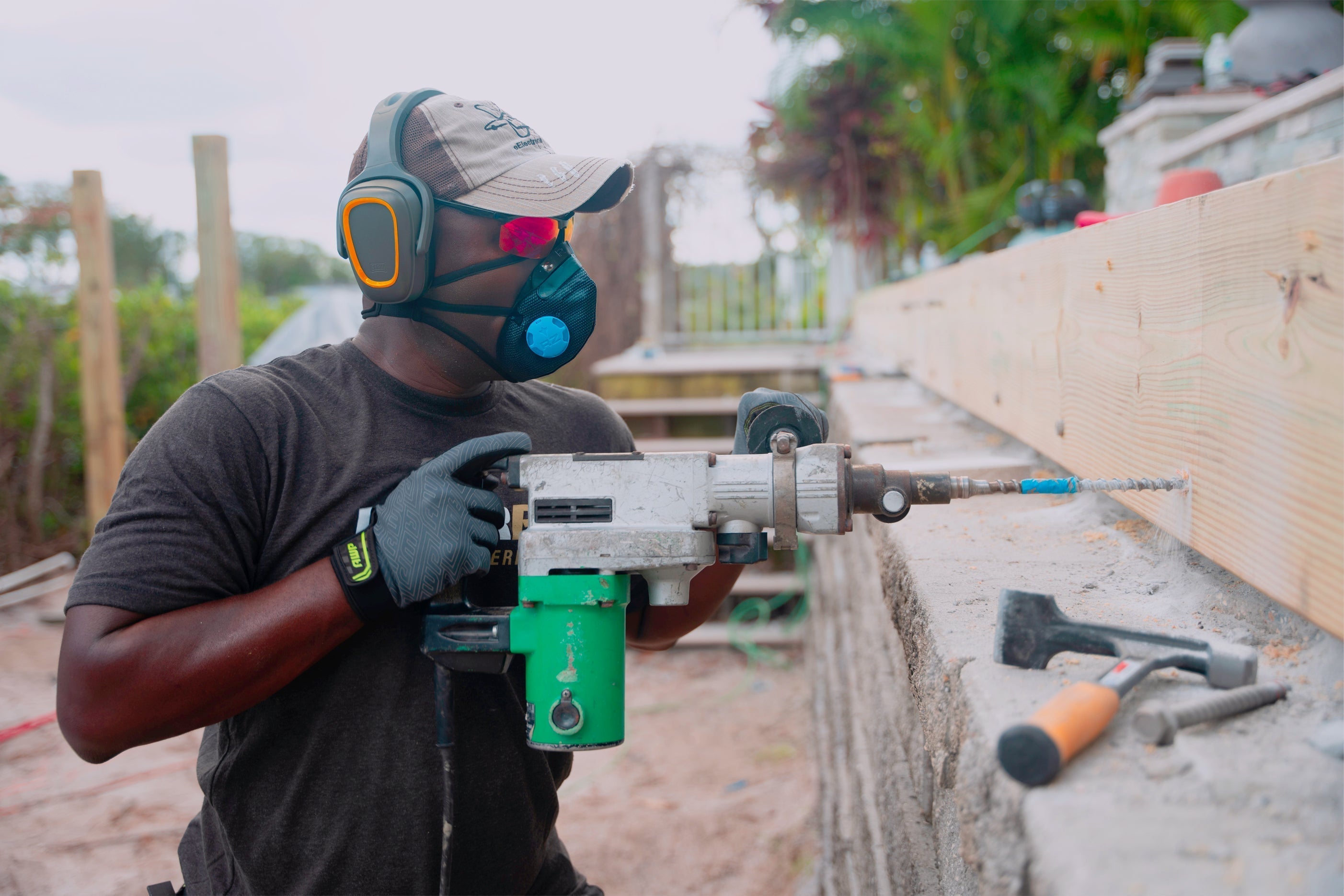
Leave a comment (all fields required)